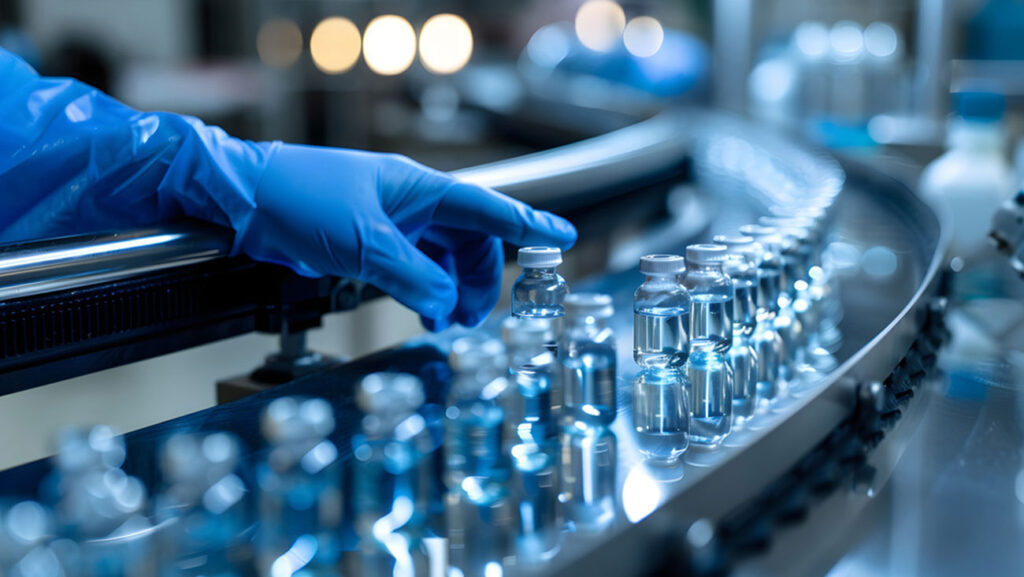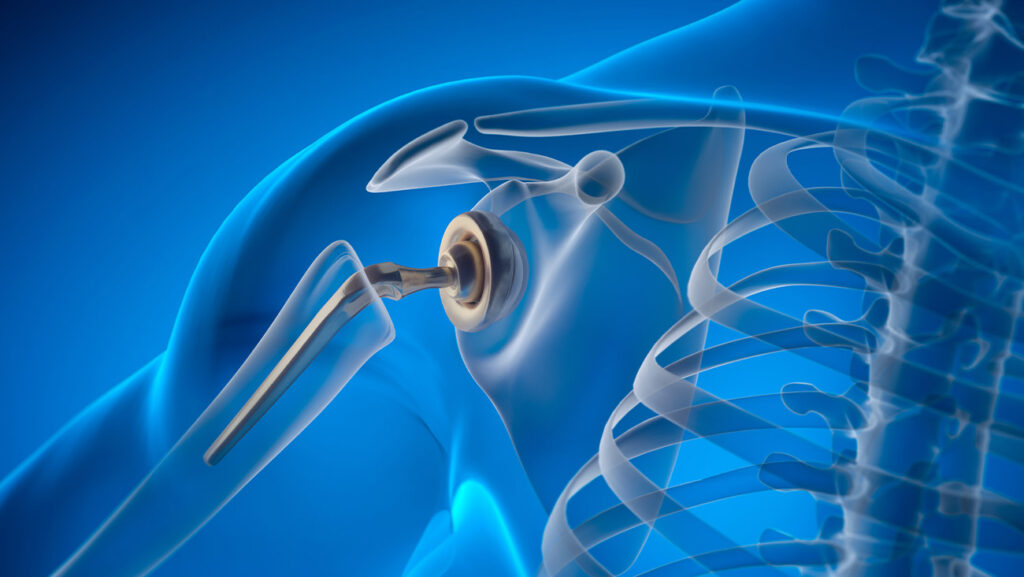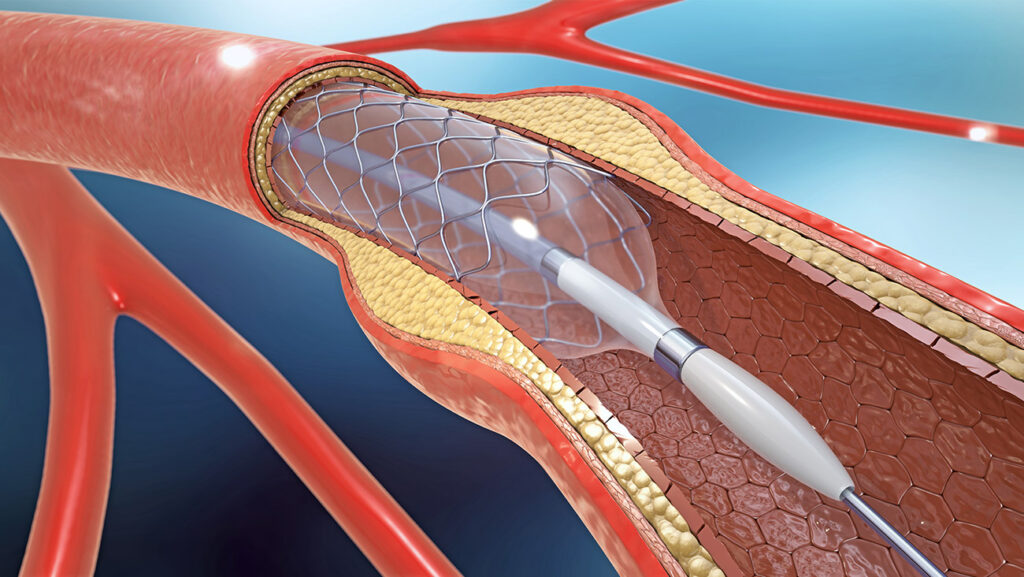Optimizing Mechanical Assembly for Medical Device Manufacturing
Posted on June 27, 2024 in Blogs

In the realm of medical device manufacturing, precision and efficiency are paramount. From life-saving equipment to diagnostic tools, every device must meet stringent quality standards. One critical aspect of this process is mechanical assembly. Optimizing this step can streamline production, improve product quality, and reduce costs. In this blog post, we will explore key strategies for optimizing mechanical assembly in medical device manufacturing.
1. Design for Assembly (DFA)
The first step in optimizing mechanical assembly is to design products with assembly in mind. Design for Assembly (DFA) principles emphasize simplifying the assembly process by minimizing the number of parts, reducing the need for specialized tools, and ensuring clear assembly instructions.
2. Standardized Work Instructions
Clear and concise work instructions are essential for efficient assembly. Standardized work instructions help reduce errors, improve consistency, and facilitate training for new assembly workers. These instructions should include detailed diagrams, part numbers, and assembly sequences.
3. Lean Manufacturing Practices
Implementing lean manufacturing practices can significantly improve the efficiency of mechanical assembly. Techniques such as 5S (Sort, Set in order, Shine, Standardize, Sustain), Kanban, and value stream mapping can help identify and eliminate waste in the assembly process.
4. Automation and Robotics
Incorporating automation and robotics into the assembly process can improve speed, accuracy, and consistency. Automated systems can handle repetitive tasks, reduce the risk of human error, and increase overall productivity.
5. Quality Control Measures
Implementing robust quality control measures is essential to ensure that assembled products meet the required standards. This includes regular inspections, testing, and validation procedures throughout the assembly process.
6. Continuous Improvement
Optimizing mechanical assembly is an ongoing process. Encouraging a culture of continuous improvement can lead to incremental gains in efficiency, quality, and cost-effectiveness over time. Regularly review assembly processes, solicit feedback from assembly workers, and implement changes based on data and observations.
In conclusion, optimizing mechanical assembly is crucial for enhancing the efficiency, quality, and cost-effectiveness of medical device manufacturing. By incorporating design for assembly principles, standardized work instructions, lean manufacturing practices, automation, quality control measures, and a culture of continuous improvement, manufacturers can achieve greater success in producing high-quality medical devices.



